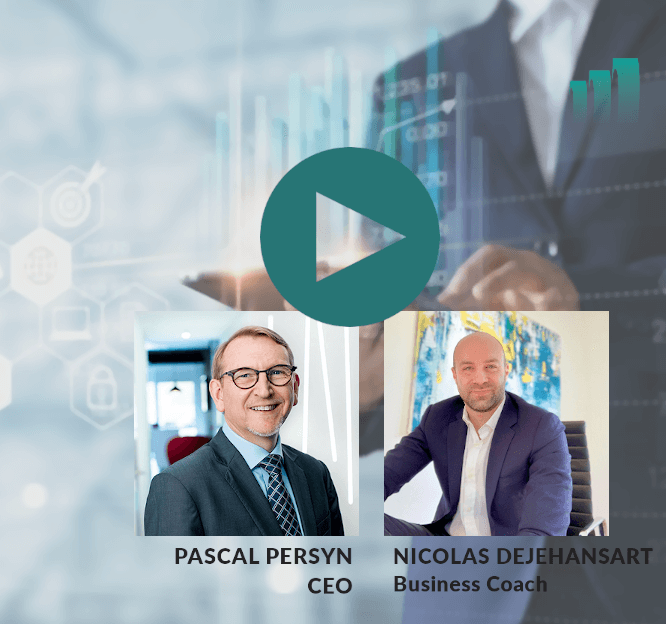BANT (Budget, Authority, Need, Time) has been used by salespeople to qualify opportunities for several decades. I still come across it to this day, even as part of the lead management process between sales and marketing. But the tool is no longer as relevant as it once was, especially for complex buying processes. Now, why is that? And is there an alternative that works today?
 Budget
Budget
We know that buyers use the internet to find information. This means they only tend to involve salespeople later in the process. By that time, they’ll have already formed a clear opinion, and are just seeking confirmation before actually making a buying decision. But there’s a lot of information available, and much of it can be conflicting. The role of the salesperson has therefore shifted to influencing the customer in a way that validates their information.
This requires commercial insights into the customer situation. Business acumen will help the salesperson find solutions for possibly latent requirements, for which the budget (Bant) mostly isn’t known or allocated yet. In short: taking budget allocation into account means your salespeople are joining the buying process too late. And that results in a lower hit rate and tighter margins.
Authority
Validation based on the authority (bAnt) to make a decision was intended to ‘not waste any time’. It would help sales to not sell to people who couldn’t make a purchase. Unfortunately, most B2B decisions aren’t taken by one person these days. Buying decisions have evolved into being a consensus which also takes users’ opinions into account. I can give examples of customer situations where there are more than ten people in a meeting. Each one can veto a decision, but also not be prepared to advocate a supplier until a consensus is reached.
Need
Focusing on people who already have a problem (the need in baNt) sounds logical. Like a great way to increase a salesperson’s productivity. But the reality is quite different. Research shows that up to 60% of opportunities ultimately disappear without the customer buying anything or changing supplier. We see this on a daily basis with our customers. And it was also the outcome of a survey we took together with Vlerick Business School.
Salespeople need to increase the customer’s willingness to change more now than ever. They need to convince the buyer to change, rather than convincing them to choose us. Because a customer isn’t open to hearing this message if they’re not planning to change. This is why traditional prospection methods are becoming less effective. The message and how it’s conveyed no longer correspond with the customer’s expectation.
Time
In light of the above, qualification based on when the decision is made (the time in banT) has become irrelevant. These days it comes down to marketing and sales doing the right thing at the right time with the right message, to facilitate the customer’s buying process. So the question’s no longer about when the customer’s going to make a decision, but about how willing they are to change. Sales needs to combine the answer to this question with the potential, to decide when to engage with what message. It’s also their task to keep marketing informed. Because marketing can help influence the customer with digital interactions, increasing the probability of a sale for the lowest possible cost.
Conclusion: from BANT to JIT
BANT doesn’t work anymore.
The concept of just-in-time has been around for quite a while in logistics and now we also need to have just-in-time commercial approach. By qualifying the potential and the role of people involved, sales can make sure that all commercial efforts, including marketing, are resulting in doing the right thing at the right time with the right message.
Thanks to the digital revolution, marketing also has a major role to play. Depending on the size, complexity and importance of our products and services in the perception of the customer, we need to find the right balance between digital touchpoints and human interactions.



 Pascal Persyn
Pascal Persyn







